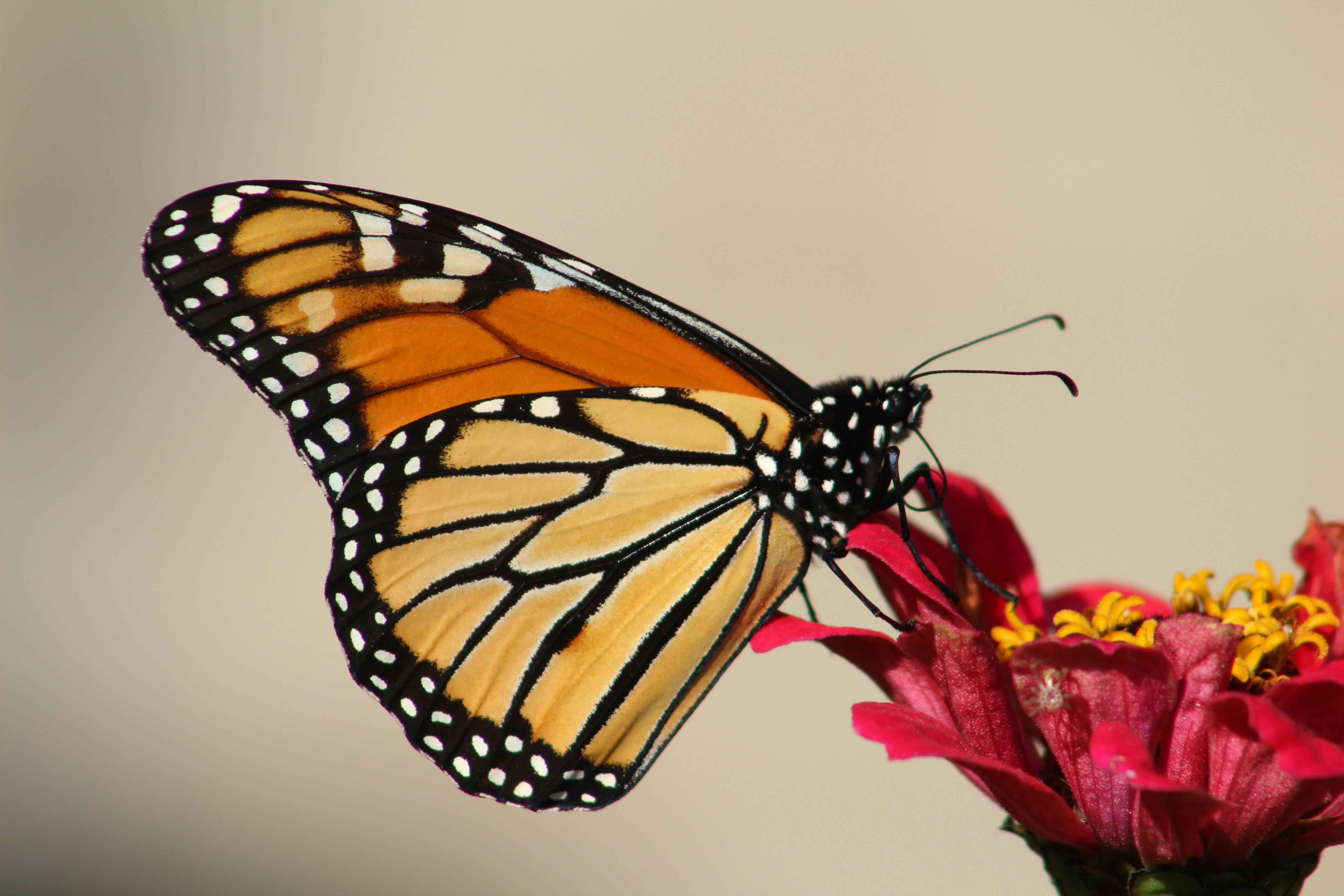The Fascinating Journey of Monarch Butterflies: Nature's Long-Distance Champions
As the seasons change, a captivating spectacle unfolds above us – the annual migration of the Monarch butterfly. This incredible journey, spanning thousands of miles, is one of the longest insect migrations on Earth. It presents a dynamic intersection of biology, climate science, and conservation, offering insights into the survival strategies of these delicate creatures. This article delves into the fascinating world of Monarch butterflies, their historic migration journey, and the latest developments in their conservation.

The Historic Odyssey of Monarch Butterflies
Monarch butterflies, known scientifically as Danaus plexippus, have a life cycle that is intricately tied to their migration. Originating in North America, these butterflies embark on an annual journey of up to 3,000 miles to reach their wintering grounds in Mexico. This migration is a multi-generational effort, with four separate generations of butterflies contributing to the round trip. The first three generations live for only a few weeks, but the fourth generation, born in late summer, has a lifespan of up to eight months, allowing it to survive the journey south and the winter hibernation.
Recent Developments: A Cause for Concern
Recent years have seen a significant decline in the Monarch butterfly population, with a drop of nearly 90% in the past two decades. This is largely due to habitat destruction, both in their breeding grounds in the United States and Canada and their wintering sites in Mexico. Climate change also poses a significant threat, with the increased frequency and severity of storms proving fatal for these delicate creatures.
The Price and Impact of Conservation Efforts
Conservation efforts are underway to protect the Monarch butterfly and its migration. These efforts primarily focus on preserving their habitat and planting milkweed, the primary food source for Monarch caterpillars. The cost of these conservation projects can range from a few thousand to several million dollars, depending on the scale. Despite the expense, the impact of these efforts is significant. Not only do they help conserve an iconic species, but they also contribute to biodiversity and the overall health of our ecosystems.
Backed by Research: The Science Behind The Migration
Studies have revealed that Monarchs use a combination of environmental cues and an innate ‘compass’ to navigate their migration. They use the position of the sun and the Earth’s magnetic field to orient themselves. Remarkably, even though the butterflies making the journey are several generations removed from those who made it the previous year, they still return to the same trees their ancestors used.
The Balance: Understanding and Protecting the Monarch Migration
The Monarch butterfly migration is a fascinating process, one that highlights the complex interplay between biology, climate, and conservation. It is a spectacle that captivates us, a testament to the resilience and adaptability of nature. Yet, it is also a fragile process, vulnerable to the impacts of human activity and climate change. Understanding and protecting this migration is not just about preserving a single species, but about maintaining the delicate balance of our ecosystems.
In essence, the story of Monarch butterflies is a call to action - a reminder of our responsibility to respect and protect the natural world. As we continue to unravel the mysteries of these long-distance champions, we can only hope to ensure their flight continues, for the generations of butterflies - and humans - to come.




